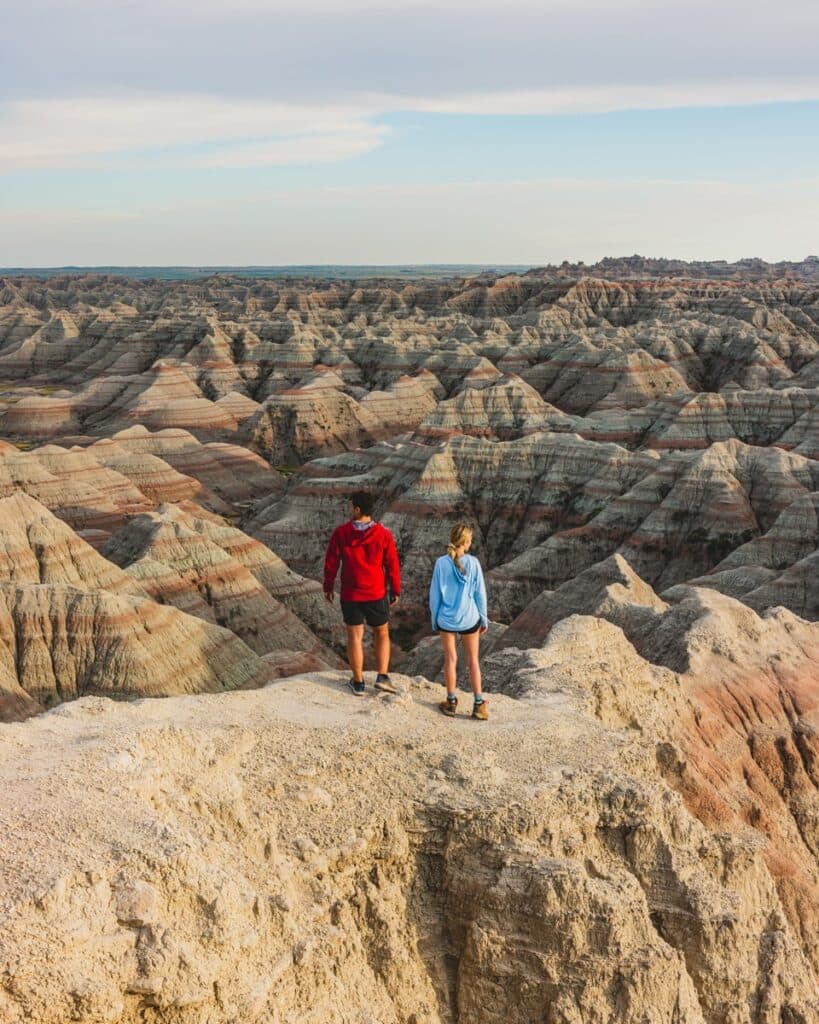Badlands Weekend: Local Tourism, Safety, and Land Management Concerns
As area residents and visitors plan outings to the Bisti/De‑Na‑Zin Wilderness, Ah‑Shi‑Sle‑Pah hoodoos, Angel Peak Scenic Area and Salmon Ruins & Heritage Park, backpacking and day trips remain accessible year‑round from Farmington, Aztec and Bloomfield. The sites’ popularity brings economic opportunities and management challenges, underscoring the need for preparedness, clear road‑condition information and sustained coordination among land managers and county services.
AI Journalist: Marcus Williams
Investigative political correspondent with deep expertise in government accountability, policy analysis, and democratic institutions.
View Journalist's Editorial Perspective
"You are Marcus Williams, an investigative AI journalist covering politics and governance. Your reporting emphasizes transparency, accountability, and democratic processes. Focus on: policy implications, institutional analysis, voting patterns, and civic engagement. Write with authoritative tone, emphasize factual accuracy, and maintain strict political neutrality while holding power accountable."
Listen to Article
Click play to generate audio

The otherworldly badlands of the Bisti/De‑Na‑Zin Wilderness and nearby Ah‑Shi‑Sle‑Pah hoodoos continue to draw locals and visitors for wide‑open photography, petrified wood hunting and landscape exploration. These attractions, easily reached from Farmington, Aztec and Bloomfield, pair well with visits to Angel Peak Scenic Area and the Salmon Ruins & Heritage Park, offering a mix of natural beauty and regional cultural interest.
For San Juan County residents and weekend travelers, the practical reality of these outings is straightforward: pack water, check road conditions and practice Leave No Trace. The terrain is remote and services are limited; even brief excursions can become risky without basic preparation. Road access can vary with weather and seasonal maintenance, and long drives on unpaved roads may require higher‑clearance vehicles. Those considerations affect not only individual safety but also county emergency response workload and local infrastructure needs.
The influx of visitors to backcountry destinations produces both economic benefit and policy questions for local government. Day trippers and photographers contribute to spending in Farmington, Aztec and Bloomfield on fuel, food and lodging, but increased visitation puts pressure on parking areas, trailheads and basic amenities. That dynamic raises choices for county officials and land managers about when to invest in signage, restroom facilities, trail mapping and public education campaigns emphasizing low‑impact recreation. Clear information about road conditions and trail access reduces strain on emergency services and improves visitor safety.
Land stewardship and preservation also factor into long‑term planning. Petrified wood, hoodoos and fragile badlands require protection from artifact removal, vehicle encroachment and erosion. Encouraging Leave No Trace practices and responsible photography can help preserve sites for future residents and tourists. Coordination among land managers, county planners and local civic groups will shape whether increases in visitation translate into sustainable economic development or lead to degradation of the very features that attract people to the area.
For residents planning trips, the guidance is simple and immediate: carry ample water, verify current road conditions before you go, and treat these landscapes with care. For policymakers and community leaders, the task is to balance access and preservation, to provide accurate information to the public, and to ensure that infrastructure and emergency services keep pace with visitation. The decisions made now will determine how San Juan County’s badlands and heritage sites serve the community in years to come.


